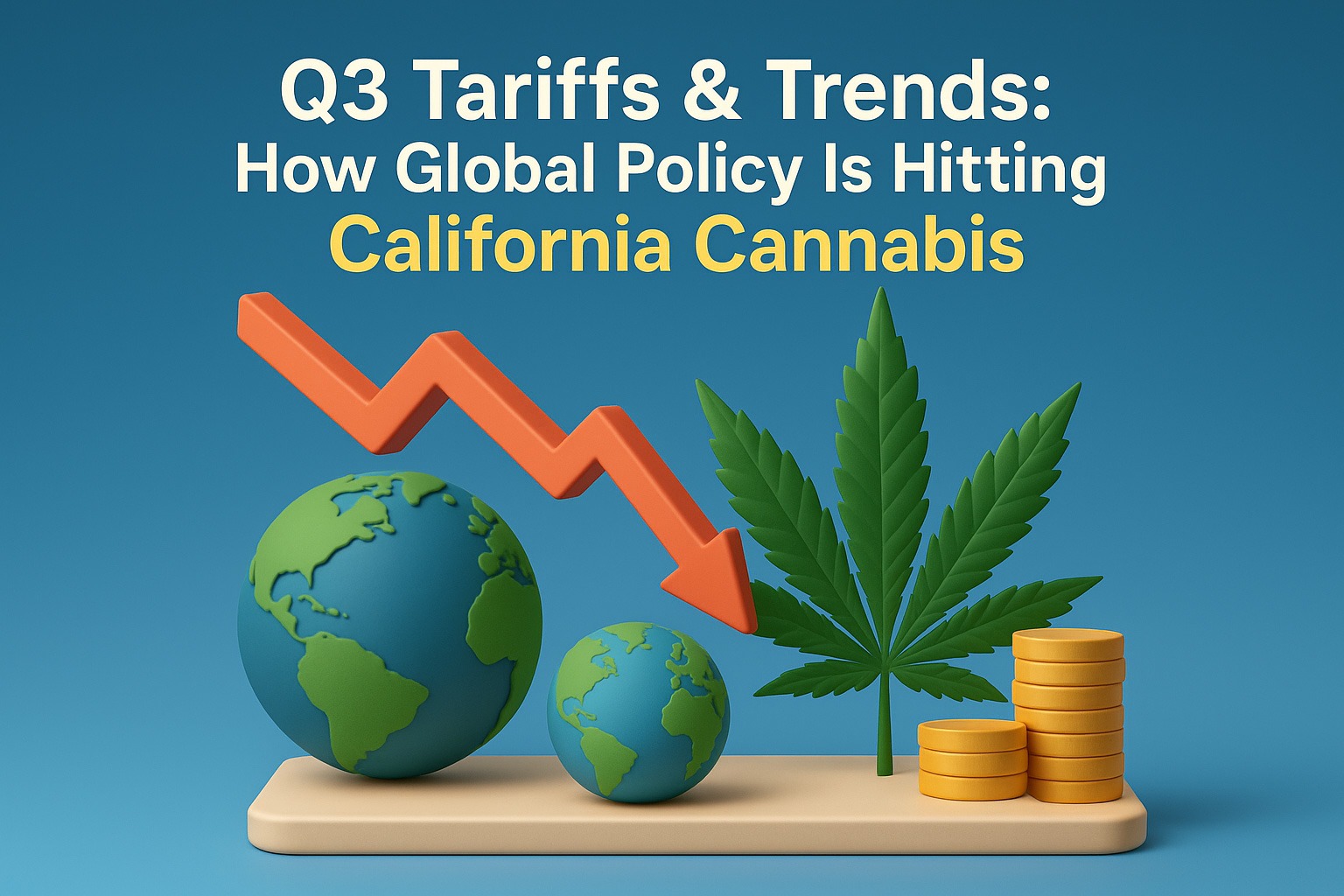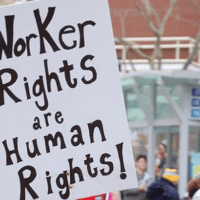By Thomas Andersen, BTA Cannabis CPA Tax

The new tariffs have undoubtedly hurt the cannabis industry when it comes to manufacturing, packaging materials, and finished goods. However, as Q3 unfolds, we’re also seeing how tariffs have, perhaps surprisingly, been beneficial to other aspects of the cannabis industry — namely, the infused-beverage sector. Other developments include ever-evolving consumer tastes — and as always, state policies are keeping many in the industry guessing.
Hemp-Derived Beverages Surge as Alcohol Tariffs Bite
A defining trend this quarter is the rapid growth of hemp-derived beverages, propelled by steep tariffs on imported alcohol. With U.S. tariffs reaching up to 60% on European and Asian alcohol, prices for traditional spirits and beer have soared.
Nationally, the functional beverage sector is booming, with hemp drinks now positioned alongside alcohol in liquor stores, bars, and restaurants — channels previously closed to THC products.
Market analysts forecast U.S. THC beverage sales could soon reach $1 billion, with global projections topping $30 billion by 2035. Brands like Curaleaf and Organigram are aggressively expanding their hemp drink portfolio. These brands are capitalizing on regulatory flexibility in states where hemp-derived cannabinoids are permitted.
California’s Regulatory Disconnect: Hemp-Derived Cannabinoids
Despite its industry leadership, California remains on the sidelines of the hemp beverage boom due to Assembly Bill 45 (AB 45) and a series of recent emergency regulations. For context, AB 45 prohibits the retail sale of intoxicating hemp products — including THC beverages.
In September 2024, California adopted emergency regulations immediately banning the sale of hemp food, beverages, and dietary products containing any detectable amount of THC or other intoxicating cannabinoids.
New legislative proposals like AB 8 seek to expand hemp product regulation and may allow low-dose hemp drinks with excise tax, signaling potential limited legalization.
For brands and investors, the takeaway is clear: monitor the evolving regulatory landscape closely, consider licensing in hemp-friendly states, and be prepared for rapid policy changes that could either open or further restrict the California market.
Vape Cartridges, Manufactured Goods & Tariffs
These input cost increases are squeezing margins across the supply chain. Vape manufacturers in states like Connecticut are passing on higher prices to licensed operators, forcing retailers to make tough decisions about their product assortments.
In April 2025, MJBizDaily’s Chris Casacchia reports that tariffs have driven duties on China-sourced vape hardware to roughly 150%, squeezing already thin margins. U.S. manufacturers scramble for new suppliers, demand higher deposits, and shorter quotes.
To cope, they either absorb costs or pass them to licensed operators, forcing retail price hikes. Many are scaling back underperforming product lines / SKUs, renegotiating fill contracts, or exploring local sourcing to maintain profitability.
For cannabis operators, now is the time to reassess vape product lines, optimize inventory, and build redundancy into sourcing strategies. Financial planning must account for ongoing volatility in trade policy and global supply chains.
Consumer Preferences
In 2025, cannabis consumers are gravitating toward premium solventless concentrates. Unlike solvent-based extracts — which use chemical solvents such as butane or ethanol — solventless products are made using only heat, water, and pressure.
The extraction process also provides a more “full-spectrum” experience due to the preservation of terpenes and cannabinoids, which gives solventless concentrates a greater appeal to the more health-conscious, quality-concerned customers.
Consumers are quickly catching on to solventless extracts, and retailers are taking notice. Shelf space is being reserved for these high-end products, as the more low-end, chemically extracted options fall by the wayside.
Strategic Guidance for Q3 2025
To stay competitive in this cutthroat environment, operators must take a proactive and strategic approach.
- Tariff Readiness: Re-forecast COGS and margins for vape and beverage lines. Build redundancy in sourcing to ease the pressure on the already volatile supply chain.
- Product Mix Optimization: Eliminate underperforming SKUs and double down on solventless concentrates and beverages in legal states.
- Monitor Policy Barriers: Closely track state-level restrictions, especially California’s evolving stance on hemp beverages and intoxicating hemp products. Advocacy and policy engagement are essential as national trends shift.
- Financial Precision: Tie SKU-level margin analysis to 280E tax strategy and segment-level COGS eligibility. Maintain flexibility in budgeting as both trade policy and state laws continue to evolve.
The Path Forward
California has long set the standard for cannabis culture, product innovation, and consumer experience. Yet, as tariffs reshape cost structures and consumer demand shifts toward premium and wellness-oriented products, the state risks losing its leadership position.
Especially if regulatory barriers like AB 45 and the new emergency rules persist or become permanent. For operators, investors, and compliance professionals, the imperative is clear: act strategically, adapt quickly, and position your business to seize emerging opportunities in the next frontier of cannabis commerce.
California NORML business member, BTA Cannabis CPA Tax is a division of Andersen CPA Firm. They offer specialized tax, audit, and CFO on Call services to cannabis and CBD businesses across 20+ states. See their listing to learn more about how BTA Cannabis CPA Tax can assist you. Support the businesses that support reform!



